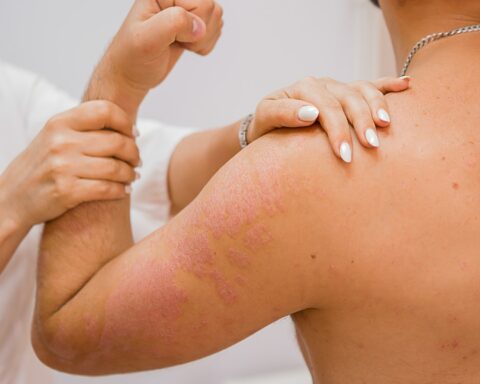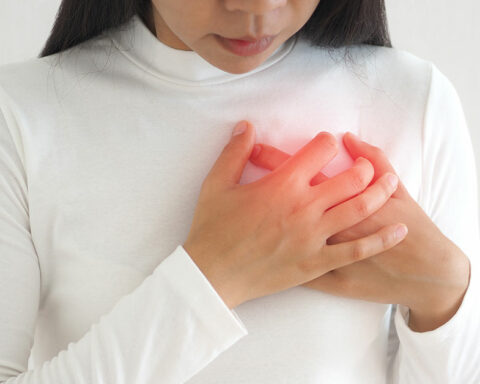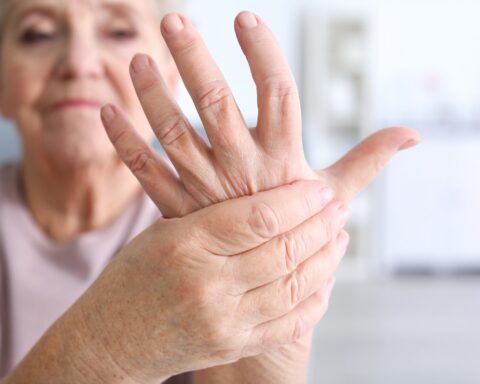Psoriasis is a chronic autoimmune skin condition that affects people of all ages, genders, and ethnicities. It is estimated that approximately 2-3% of the world’s population has psoriasis, making it a relatively common condition. However, the prevalence of psoriasis varies by region and demographic group, and the exact cause of psoriasis is still not completely understood.
In this comprehensive guide, we will explore the commonality of psoriasis, including its prevalence, risk factors, and symptoms. We will also discuss how psoriasis is diagnosed and treated and how people with psoriasis can manage their condition.
Prevalence of Psoriasis
As previously mentioned, psoriasis affects approximately 2-3% of the world’s population. However, the prevalence of psoriasis varies by region and demographic group. For example, psoriasis is more common in Western countries than in Asian countries. In the United States, approximately 7.5 million people have psoriasis, which is about 2.2% of the population. In Europe, the prevalence of psoriasis ranges from 0.5% to 11.4%, with the highest rates found in Norway, Germany, and Denmark.
Psoriasis can affect people of any age, but it typically develops between the ages of 15 and 35. However, psoriasis can also develop in children and older adults. Psoriasis affects both men and women equally, and it can occur in people of any ethnic group.
Risk Factors for Psoriasis
Psoriasis is an autoimmune disorder, which means that the body’s immune system mistakenly attacks healthy cells in the skin. The exact cause of psoriasis is not known, but genetics and environmental factors are believed to play a role.
Research has shown that certain genes are associated with an increased risk of developing psoriasis. Approximately 10% of people with psoriasis have a family history of the condition. If one parent has psoriasis, the risk of developing the condition is approximately 10%. If both parents have psoriasis, the risk increases to 50%.
Environmental factors, such as stress, infections, and injuries to the skin, can also trigger psoriasis. Smoking and alcohol consumption have also been linked to an increased risk of psoriasis.
Symptoms of Psoriasis
Psoriasis is characterized by thick, red, scaly patches of skin. These patches are known as plaques and can appear anywhere on the body. The most common areas where psoriasis develops are the elbows, knees, scalp, and lower back. However, psoriasis can also affect the nails, palms of the hands, and soles of the feet.
Psoriasis can cause itching and burning sensations, and the affected skin may crack and bleed. Psoriasis can also cause joint pain and stiffness, a condition known as psoriatic arthritis. Approximately 30% of people with psoriasis develop psoriatic arthritis.
Diagnosing Psoriasis
Psoriasis is typically diagnosed based on a physical examination and a review of the patient’s medical history. A dermatologist, a doctor who specializes in skin disorders, is usually the doctor who diagnoses and treats psoriasis.
In some cases, a skin biopsy may be necessary to confirm a diagnosis of psoriasis. During a skin biopsy, a small sample of skin is removed and examined under a microscope.
Treating Psoriasis
Psoriasis is a chronic condition, which means that there is currently no cure. However, there are several treatments that can help manage the symptoms of psoriasis and reduce the frequency and severity of flare-ups.
The most common treatments for psoriasis include topical medications, light therapy, and systemic medications.
Topical medications are applied directly to the skin and include creams, ointments, and lotions. Topical medications can help reduce inflammation, itching, and scaling of the skin.
- Is Mushroom Coffee Worth the Hype? An Expert’s Take - April 19, 2024
- Missionary Position – Least Likely To Bring You To Climax - April 7, 2023
- Vibrators could put you in Jail - March 31, 2023









